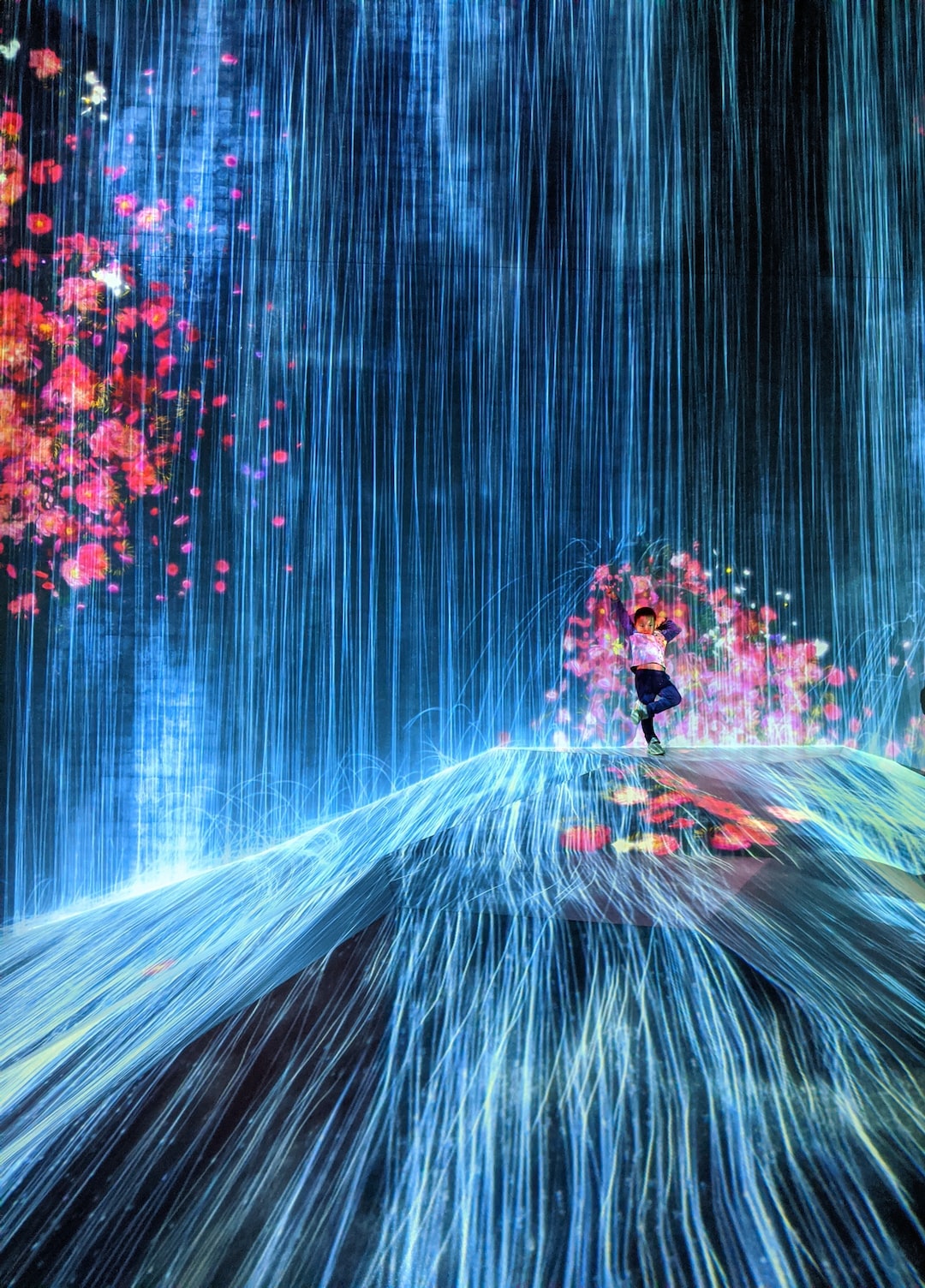Investigating the Controversial Nature of Performance Art
Performance art has always been a fascinating field that pushes boundaries, evokes emotions, and challenges societal norms. It is an art form that utilizes the human body as the medium, often combining various elements such as theater, dance, music, and visual arts to convey a message or communicate an idea. However, performance art has also been notoriously controversial, sparking heated debates and raising questions about its value and purpose.
One of the primary reasons why performance art is considered controversial is its often unconventional and shocking nature. Performance artists strive to provoke strong reactions from their audience, pushing them out of their comfort zones and forcing them to confront uncomfortable truths. By deliberately immersing themselves in extreme situations or employing shocking visuals, performance artists aim to challenge the accepted norms and question societal constructs.
One such controversial performance is Marina Abramović’s 1974 piece, “Rhythm 0,” in which she invited the audience to interact with her using a variety of objects, including a loaded gun. This performance pushed the boundaries of what is considered acceptable, leading to manipulation and abuse by the audience. Abramović’s work raises questions about the moral responsibility of both the artist and the audience within the confines of a performance.
Another aspect that adds to the controversy surrounding performance art is its transient and ephemeral nature. Unlike traditional visual arts, performance art is fleeting, with the experience existing solely in the moment and then dissipating. This lack of physical permanence often leads to further debate about the value and authenticity of the art form. Some argue that if an artwork cannot be documented or sold, it loses its worth. However, proponents of performance art argue that its impermanence is a crucial element, as it creates a unique and intimate experience that cannot be replicated or commodified.
The controversial nature of performance art also stems from its ability to blur the line between art and life. By incorporating everyday actions and routines into their performances, artists challenge traditional definitions of art and force viewers to reassess their own perceptions. For instance, Yoko Ono’s “Cut Piece” involved her sitting silently while audience members were invited to cut off pieces of her clothing. This performance stirred up debates about consent, vulnerability, and power dynamics, questioning the roles of both the artist and the audience in shaping the artwork.
Furthermore, performance art often tackles sensitive and taboo subjects, ranging from sexuality to politics, religion, and violence. Artists often express their personal experiences or societal issues through their bodies, creating a raw and visceral experience for the audience. This direct and confrontational approach can be unsettling for some viewers, leading to discomfort and controversy.
However, it is important to note that controversy in performance art is not always detrimental; it can also be seen as a powerful tool for social and political change. By challenging the status quo and encouraging critical thinking, performance art has the potential to spark important conversations and challenge oppressive systems. Artists like Guillermo Gómez-Peña and Coco Fusco have used their work to address issues such as racism, colonialism, and immigration, aiming to create empathy and awareness through their performances.
In conclusion, the controversial nature of performance art is deeply rooted in its ability to challenge, provoke, and question established norms. Its shocking visuals, unconventional methods, and transitory qualities make it a unique and thought-provoking art form. While controversy surrounding performance art exists, it often serves as a catalyst for discourse, encouraging viewers to reevaluate their preconceived notions and engage with critical conversations. By embracing the controversial nature of performance art, we can gain a deeper understanding of ourselves, society, and the power of artistic expression.

